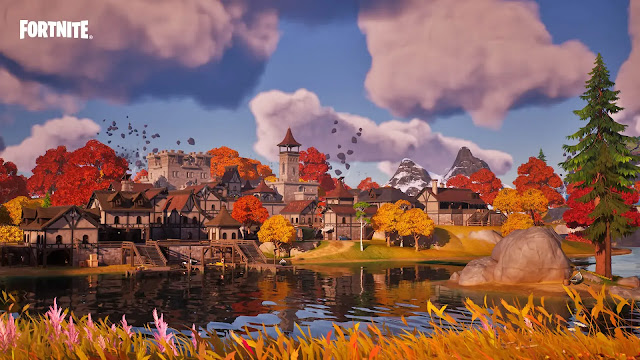Unreal Engine 5 is Tackling the Biggest Problem in PC Graphics
Unreal Engine 5, the latest version of Epic Games' game engine, is set to revolutionize PC graphics by tackling one of the biggest problems in the field: rendering massive amounts of polygons. As games become increasingly complex, rendering these polygons can be a major bottleneck, slowing down performance and causing visual artifacts. Here's what we know about Unreal Engine 5 and how it's addressing this issue.
Polygon Count: A Major Challenge in PC Graphics
Rendering a large number of polygons has been a challenge for PC graphics for many years. As games become more complex, with larger and more detailed environments and more realistic characters, the number of polygons that need to be rendered increases exponentially. This can cause significant performance issues, particularly on lower-end hardware.
Traditionally, game engines have addressed this issue by reducing the number of polygons that need to be rendered, either by simplifying models or by culling (hiding) parts of the environment that aren't currently visible. While these methods can improve performance, they often come at the cost of visual quality.
Unreal Engine 5's Solution: Nanite
Unreal Engine 5 is taking a different approach to polygon rendering. The engine's new "Nanite" technology allows it to render an unlimited number of polygons in real time, without any visible loss in quality. Nanite works by streaming only the visible portions of a scene to the GPU, eliminating the need for traditional culling methods. This means that even the most complex environments can be rendered with incredible detail, without sacrificing performance.
In addition to Nanite, Unreal Engine 5 also includes a number of other features aimed at improving graphics performance and quality. These include improved lighting and shadowing, enhanced global illumination, and better support for ray tracing.
What This Means for PC Gaming
Unreal Engine 5's focus on polygon rendering could have a significant impact on PC gaming. With the ability to render an unlimited number of polygons in real time, game developers will be able to create incredibly detailed environments and characters without worrying about performance issues. This could lead to more immersive and visually stunning games, particularly on high-end hardware.
However, it's worth noting that Nanite's capabilities may be limited by hardware. While Unreal Engine 5 is optimized to run on a wide range of hardware, rendering an unlimited number of polygons in real time could still be challenging on lower-end systems.








0 Comments